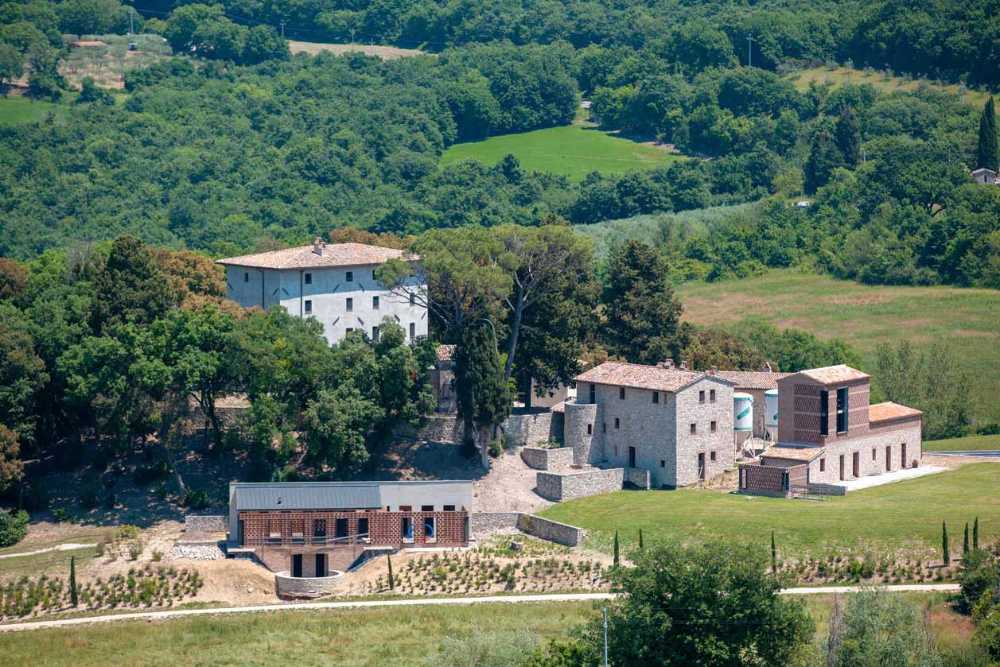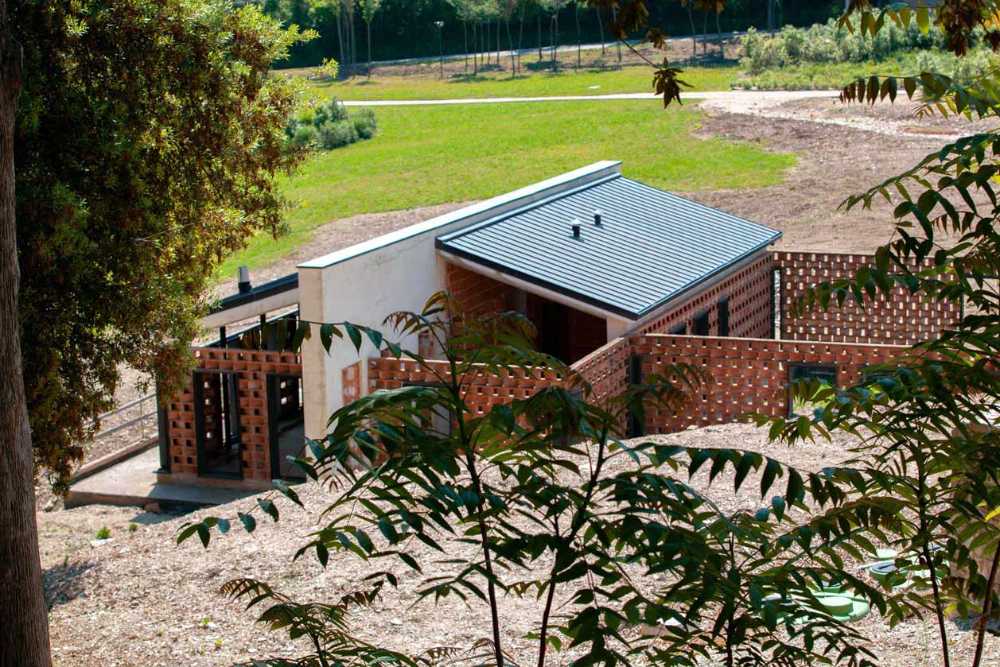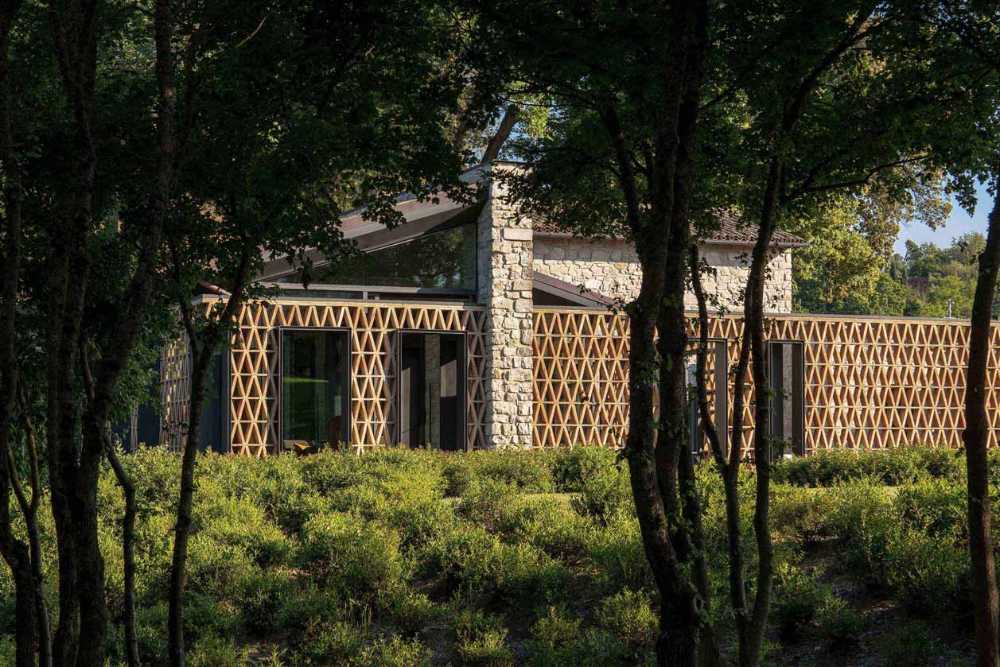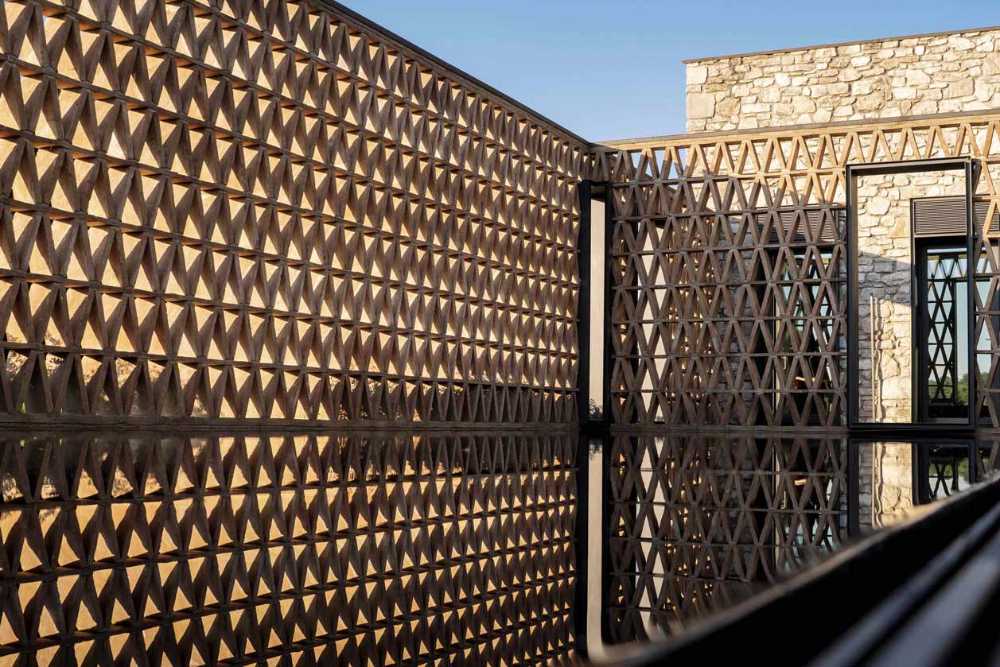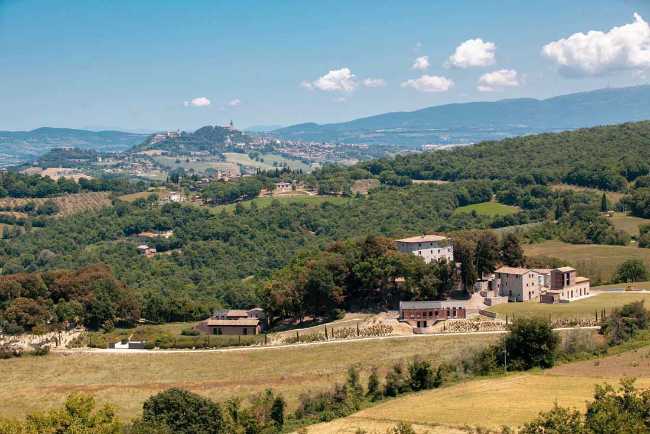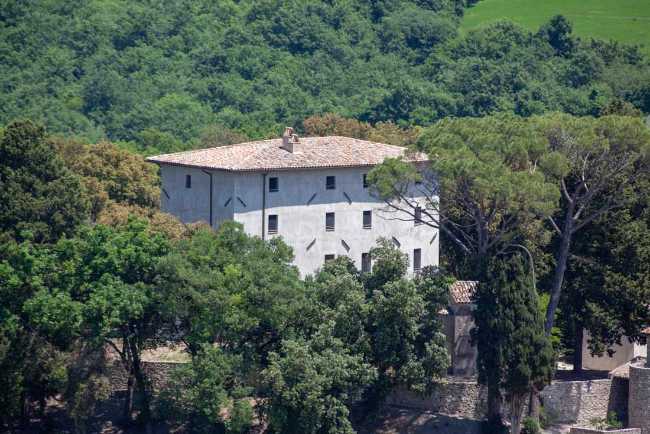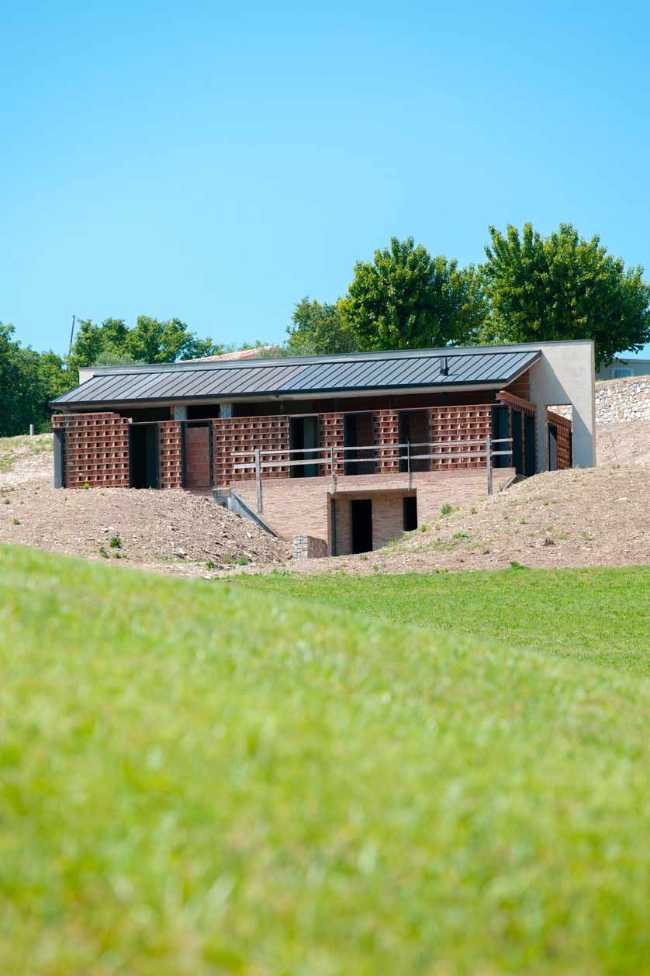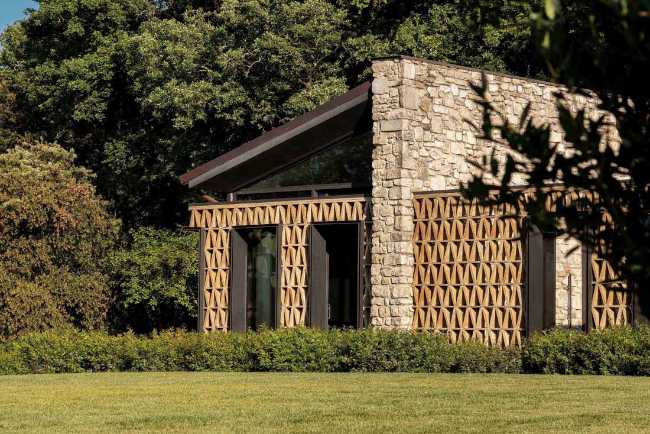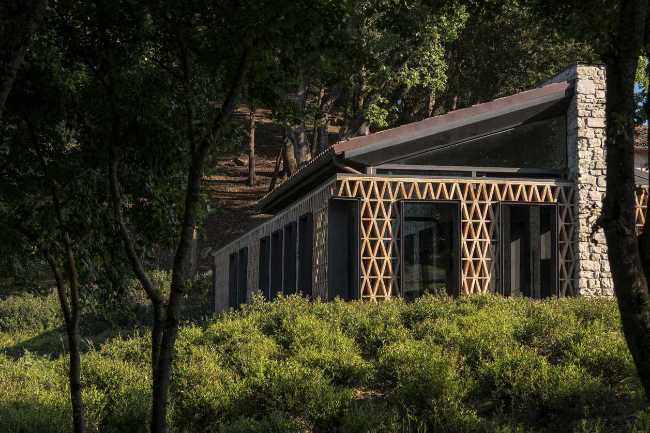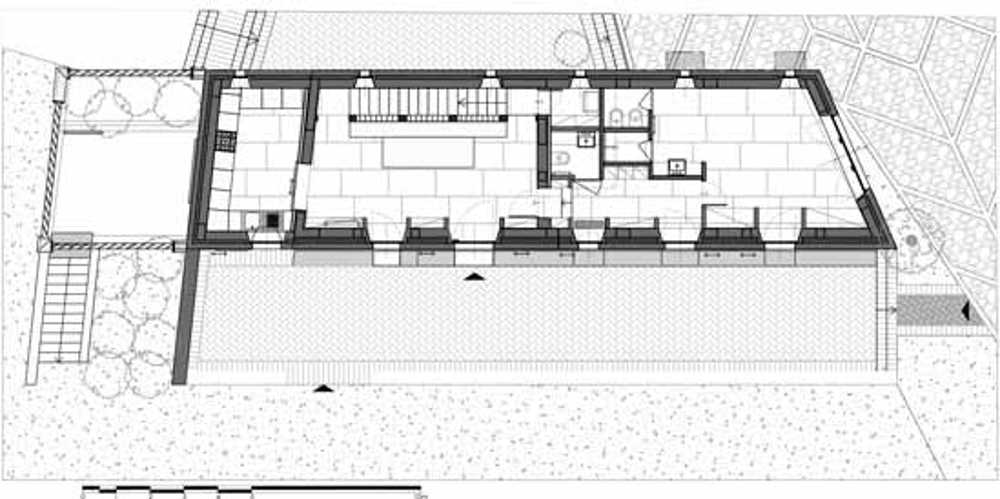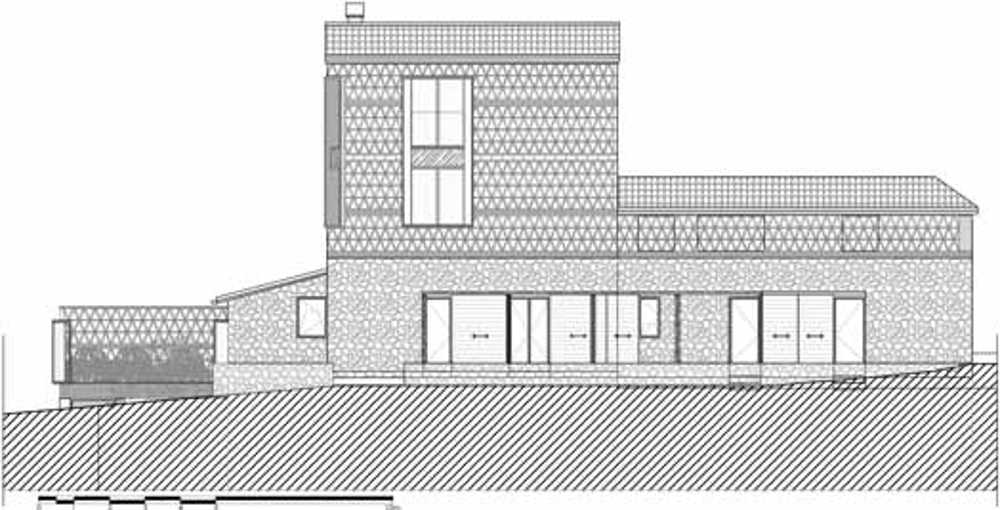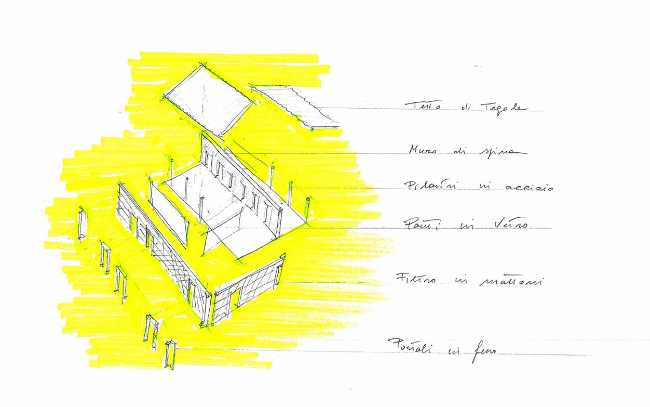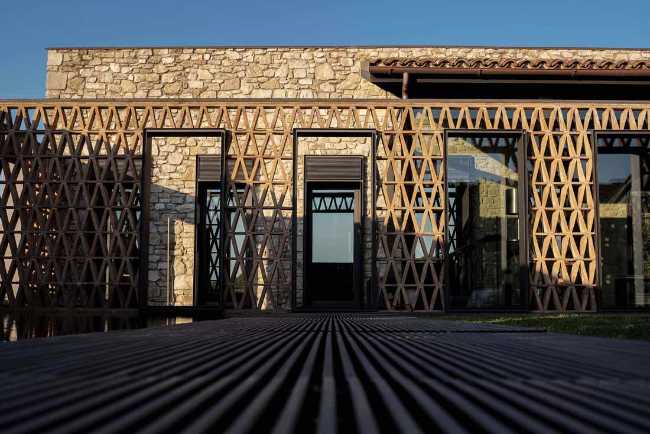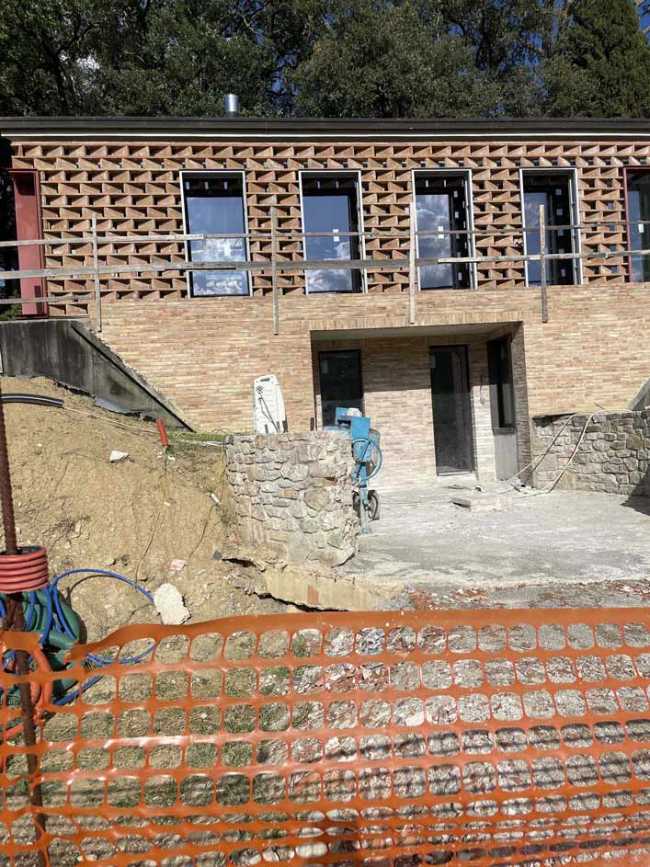

Integration between historical and contemporary architecture
The design intent by the LPA - Lazzarini Pickering Architetti studio, specialized in architecture projects integrated with the territory, was to establish a linguistic continuity between historical architecture and new volumes, finding a balance between the solidity of tradition and the lightness and transparency of contemporary architectural solutions. The complex is not just a collection of isolated buildings, but a real connection between nearby urban centers, with the aim of improving accessibility to potentially isolated places in the wonderful Umbrian countryside.



